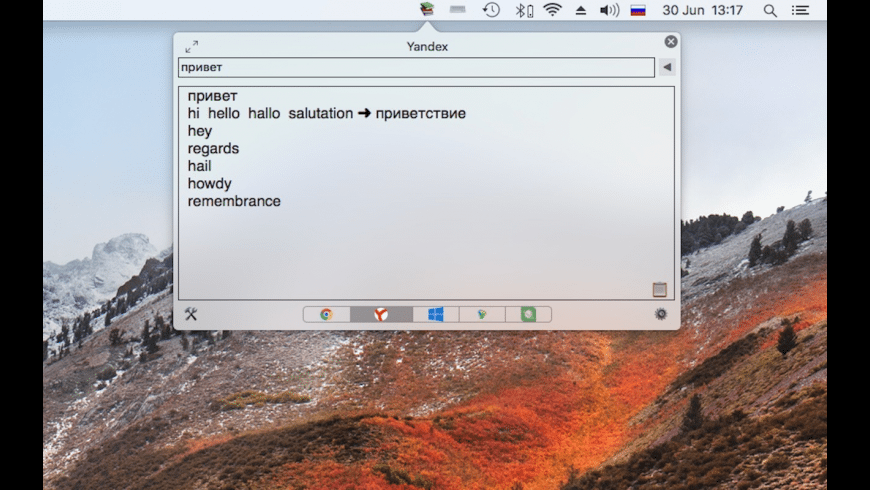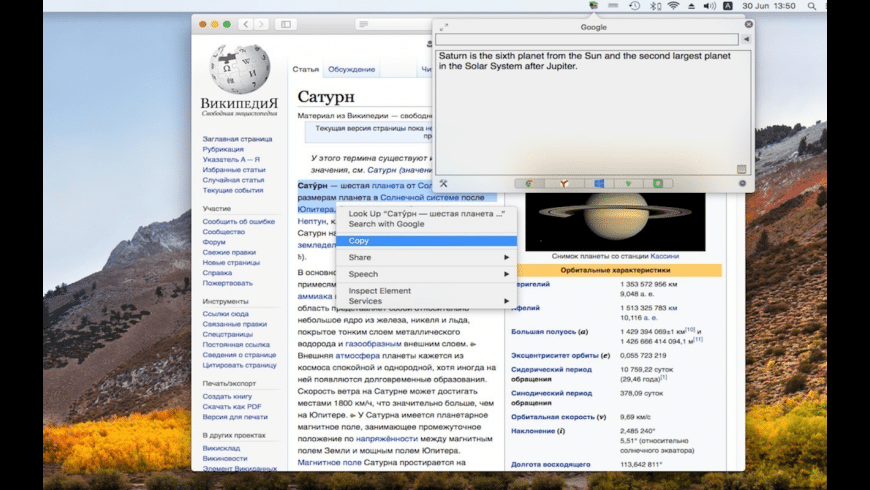
My Defaultkeybinding.dict For Macbook Pro
I've managed to recreate a remarkably emacs-like editing environment with my DefaultKeyBinding.dict, complete with ^X key combos, etc. If you're not familiar with how to use this file please check out Apple's page on Text System Defaults and Key Bindings, basically you just need to save it in /Library/KeyBindings/. Here is the content of my file DefaultKeyBinding.dict:In order to do that you must have a defaultKeyBindings file. You must first create a folder named 'KeyBindings' in your Library folder (if necessary). Then create a text file named 'DefaultKeyBinding.dict' (don't misspell the names; they do not contain quotes).
Mac OS X has an easy way to type “curly” quotes and apostrophes instead of 'straight' versions. I used both versions in that sentence to show the difference. Here is a bigger version to make the distinction more visible:
Many people think “curly” quotes look better than 'straight' ones.
DefaultKeyBinding.dict · GitHub
You can use the following keyboard shortcuts to type a single or double curly quote:
- Single quote open (‘) — option ]
- Single quote close (’) — shift option ]
- Double quote open (“) — option [
- Double quote close (”) — shift option [
However, I think it makes more sense to use [ and ] for open and close versions instead of the shift key. I found myself constant typing “mismatched‘ quotes. I also wanted to use the shift key for double quotes since that’s how the normal keyboard button works.
- Single quote open (‘) — option [
- Single quote close (’) — option ]
- Double quote open (“) — option shift [
- Double quote close (”) — option shift ]
Since OS X supports custom key bindings, I looked for a way to fix this. The trick is to create a file called DefaultKeyBinding.dict in the KeyBindings folder inside your Library folder. You can use this file to override the default key bindings for most applications.


Here are my changes. Please feel free to copy the settings below and save them to your own computer. You may need to create the KeyBindings folder if it isn’t already there.
Mac Defaultkeybinding.dict
Other Articles You May Enjoy
- Quote: Abraham Lincoln A great quote from Abraham Lincoln, 16th president of the...
- How to Create an Alias Programmatically Example code showing how to create an alias in Objective-C...
- How to Modify the Dock or Login Items on OS X Working example code showing how to add or remove items...
- Boot Camp and Snow Leopard at the Same Time How I use Winclone on my Leopard machine to switch...
- How to Print a PDF File Using Cocoa Working example code showing how to print an existing PDF...